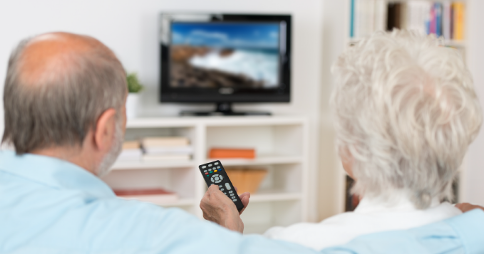
The document, Defining progress for Access Services on Video on Demand (VOD), sets out acceptable progress for content providers, platform operators, device manufacturers and transactional VOD services like Amazon. It is a response to the 2013 announcement by the Department for Culture, Media and Sport (DCMS) that it would monitor levels of captioning, audio description and signing on video-on-demand (VOD) services, and if progress wasn’t made improving accessibility in three years, consider introducing legislation.
The key milestones, which should be met by July 26, are as follows:
- Broadcasters subject to caption quotas to deliver 100% of their quota on branded websites (i.e. catch-up services), and 70% of their quota on other platforms and devices.
- VOD services not covered caption quotas to deliver captions on 50% of content.
- Broadcasters subject to AD quotas to deliver 50% of quota on all VOD services.
- Broadcasters subject to signing quotas to deliver 100% of quota on all VOD services.
- VOD platform operators (e.g. Sky, Virgin, Youview) to ensure all platforms and devices support access services.
- VOD services to adopt ATVOD-advocated EBU-TT file format for captions, or demonstrate effectiveness of alternative approaches.
Action on Hearing Loss has also started a campaign encouraging people to sign an online letter to the Minister of State for Culture and the Digital Economy, asking him to take action to improve the accessibility of online video content.
In April, Media Access Australia launched Access on Demand, a comprehensive report on the accessibility of VOD services in Australia and other countries. This recommended that captioning be introduced on all catch-up TV services by the end of 2015, and all VOD services by the end of 2016. If this is not done voluntarily, the Federal Government should make captioning compulsory by legislation.
You might also like:
- Everything you need to know about catch-up TV accessibility in Australia and abroad
- More on TV & Video accessibility, including captions and audio description on TV, as well as reviews and how-to guides
- The ADonTV website, covering the progress of getting audio description on Australian television
- Reviews and how to guides for setting up captions on TV
Top of page

